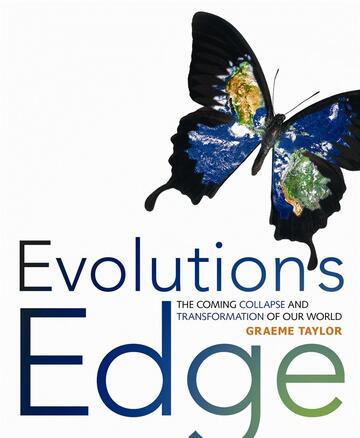
Evolution's Edge
The Coming Collapse and Transformation of Our World
The brink of catastrophe or the edge of evolution? The choice is ours.
La description
It is now 5 minutes to midnight on the Doomsday Clock, reflecting the fact that we are closer to assuring the obliteration of our species than we have been at any time since the early eighties. We are rapidly approaching a tipping point, where we will either transform our violent, exploitative global system into a peaceful, cooperative one, or enter a catastrophic decline. Evolution’s Edge shows that limitless economic expansion is impossible on a finite planet. Our growth-based global system will collapse as critical resources become scarce and major ecosystems fail. However, new ideas, values and technologies can help us avoid disaster and create a better world. Using evolutionary systems theory, Evolution’s Edge explains how societies evolve and why rapid, non-linear change is not only possible but inevitable. It describes:
- Collapse — how cascading crises will soon provoke system failure
- Transformation — how emerging technologies, ideas, values and social organizations are supporting the evolution of a sustainable system
- Analysis — how societies evolve into increasingly complex and conscious systems
- Action — how a common, cooperative vision can accelerate constructive global change.
Evolution’s Edge is the winner of the 2009 Independent Publisher’s (IPPY) Outstanding Book of the Year Award in the category “Most Likely to Save the Planet”. The book is a practical guide to a sustainable future and is vital reading for activists, educators, progressive thinkers and anyone concerned about the state of our world.